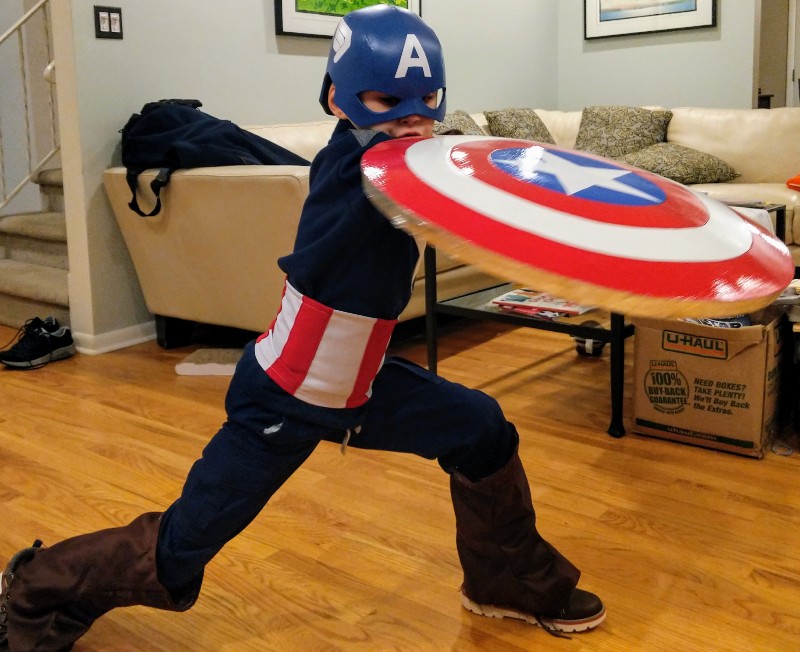The hanbok is both an incredibly fascinating and a breathtakingly beautiful traditional garment. While it may seem that it’s nothing more than just an article of clothing, it’s actually been a significant cultural icon throughout South Korea for many centuries. Even before the region was established as a country, Three Kingdoms era artwork and murals – dating back over 1600 years ago! — showcase the nomadic peoples of the Goryeo Kingdom (the predecessors of Korea) in this loose-fitting, comfortable attire. Designed to be colorful and fashionable, while also simple and easy to move around in, the hanbok remains to this day a major influence on South Korean pop culture and is being an increasingly popular seller on apparel websites like the Korean In Me.
Appropriate appropriation
It’s a fair observation to say that the hanbok is extremely important to the South Korean identity. This fact rings so true that it’s fairly largely accepted that sharing it around the globe is actually appreciated, not met with scorn. While some people may be anxious about inadvertently offending someone by “appropriating” South Korean culture (a very valid concern, to be fair!) the wear of hanbok by international guests is actually greatly appreciated by many South Koreans. As a matter of fact, it’s not only accepted, it’s actually encouraged, to the extent that any foreign tourist in Seoul who wears hanbok during their stay gains free admission to the Five Grand Palaces!
It shouldn’t come as a surprise, then, to see that many American performers and celebrities have rocked the hanbok in their public outings in South Korea. The “comfortable yet fashionable” aesthetic developed for wandering warriors and poets seems to be a perfect match for talents such as pop singer Britney Spears, actress Jessica Alba, and tennis champion Venus Williams. Likewise, many Asian-American professionals enjoy the wear of hanbok, including CNN host Lisa Ling and Miss Asia winner, Eriko Lee Katayama.
Relevancy today
Meanwhile, despite being a timeless fashion from the Goryeo Kingdom era, the hanbok still enjoys prominence today in South Korean culture. A new genre and style of pop music from Korea, appropriately known as K-pop, has surged internationally for its cheerful music and bubbly tunes. Bands such as BTS (Bangtan Sonyeondan) that formed in Seoul have revitalized interest in the classical fashion, especially with songs such as Idol that feature it prominently. And national fashion agencies such as Chanel have featured Korean models who likewise were resplendent in hanbok-inspired wardrobes.
Indeed, most of the controversy surrounding the style has not been from tourists appreciating the wear, but the so-called “modernization” of the hanbok by South Koreans in order to bring back what was traditionally reserved for only formal occasions. The use of hanbok to make social commentary by contemporary youth has led to many interesting popular culture trends, such as the South Korean gamer-girl inspired hero “D.Va” (from Overwatch) being commonly depicted in flowing, highly stylized hanbok in her “alternative outfit” costume and fanart.
It is clear that the hanbok has been a major influencer on popular culture since its inception. It will continue to have lasting impacts both in its home nation of South Korea and internationally as more interest grows in the once forgotten traditional style and the new modernized hanbok.










